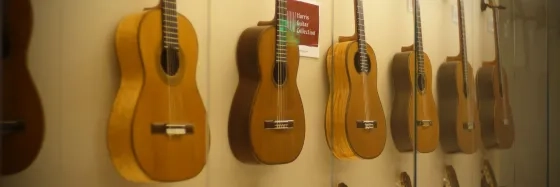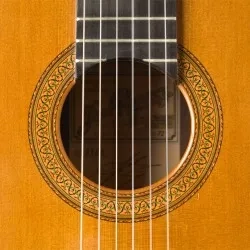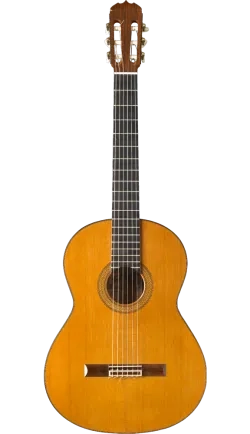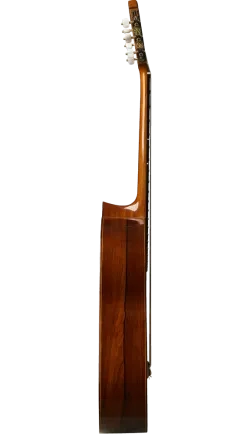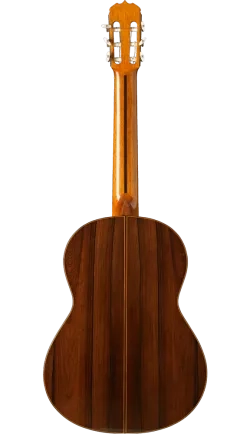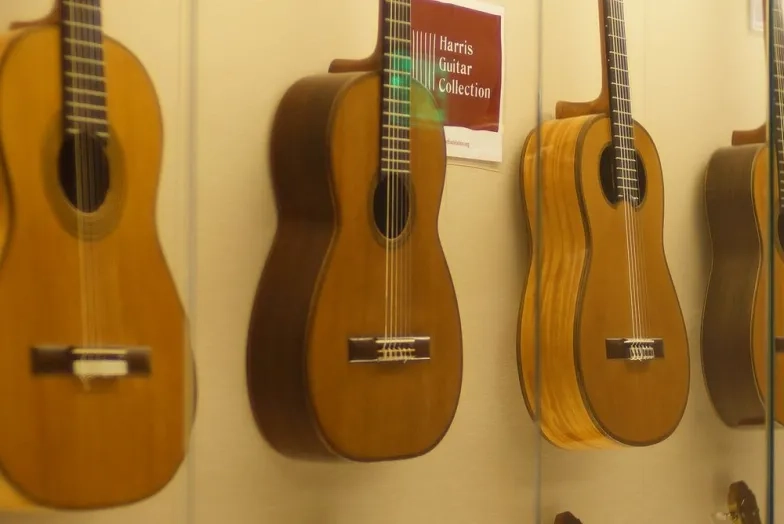José Ramirez III 1972
Collegiate Apply / Request Information
José Ramirez III
1972, Madrid
Top: Cedar
Back & Sides: Rosewood
A whole book could be written about this Ramirez 1a guitar, and many more like it, built in the Ramirez shop during the stewardship of José Ramirez III (1922-1995). This is the model inspired by Andrés Segovia that made Ramirez the guitar of choice for concert performers all over the world from the 1960s through the 80s. Perhaps most importantly among the innovations of the Ramirez 1a (primera) concert guitar, along with its increased size and scale (664mm) is the use of western red cedar for the soundboards, synthetic glues and sprayed catalyzed urethane finishes– all of which added up to guitars with big, warm Spanish sound that filled the large concert halls that Segovia & Co. were performing in. The action of these guitars was raised to avoid any “unseemly” buzzing that might remind Segovia’s audiences of the “lowly” folkloric flamenco sounds he was trying to distance himself —and the classical guitar– from.
As with Manuel Ramirez and José I and II before him, José Ramirez III worked with a number of very talented makers in his shop who went on to make guitars under their own names—Paulino Bernabé (see the 1961 Ramirez in the collection), Manuel Contreras (see the 1971 Contreras/Rodriguez hybrid in the collection) and Felix Manzanero, to name a few. The luthiers would stamp their instruments on the inside either with their initials or, later, with numbers. This guitar is stamped No. 8, the number associated with Manuel Caceres Pizarro who makes guitars today under his own name. The guitar also carries the Chicago importer’s label–Antiqua Casa Sherry Brenner. It has been re-finished with French polish of shellac by Yuris Zeltins and according to luthier Richard Bruné is one of the best sounding Ramirez 1a guitars he has played.
